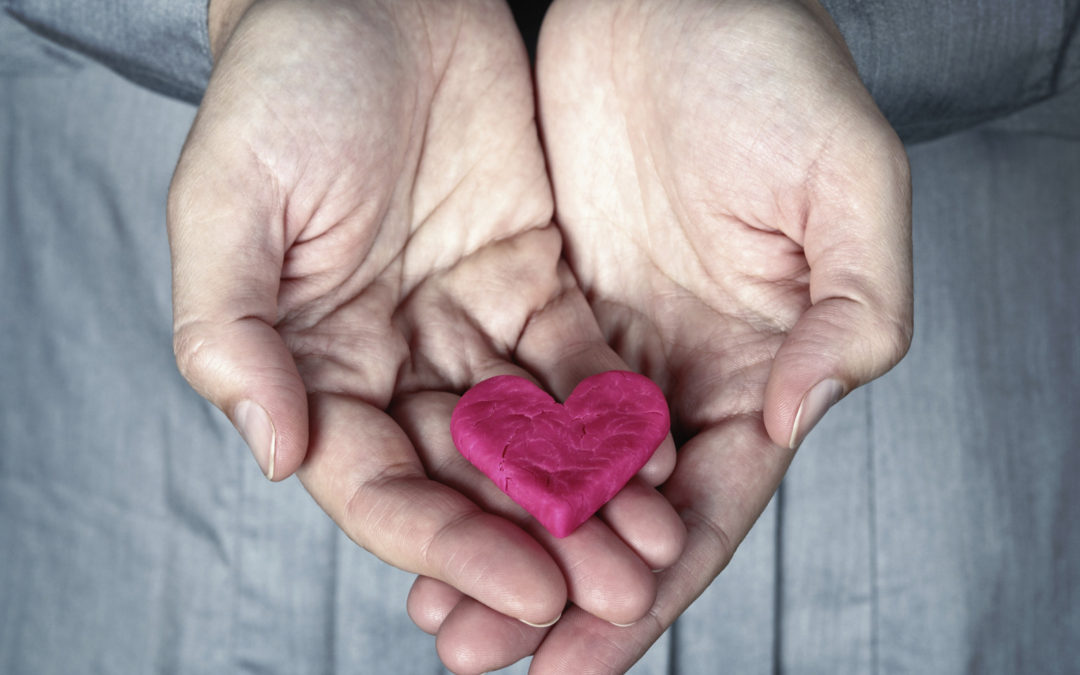Here’s a formula for lasting wellbeing that takes just a few minutes a day spent valuing other people.
In our age of entitlement, self-interest is paramount and other people are deemed worthy only insofar as they agree with us and validate how we feel. We inevitably lose sight of our interconnectedness, the engine of which is emotional display.
All animals, including humans, use emotional displays to interact with one another. Aggression is the most dramatic example. Dogs growl, cats arch their backs, snakes hiss, horses stand tall and thrust their front legs forward, bulls kick sand, gorillas beat their chests, and humans puff up their muscles. (Early humans used to bellow and screech, which is why we talk in a more resonant and menacing voice when angry and want to scream in traffic.) There are just as obvious, though less dramatic, gestures of courtship, affiliation, interest, and playfulness in humans and other social animals.
Social animals, including humans, put out subtle emotional signals as well—most of which are outside conscious awareness—and these, too, affect how we interact with one another. Like all social animals, we can pretty much feel when someone is putting out positive or negative emotional energy, even if he or she makes no overt behavioral indication. Although we can’t tell what they’re thinking, we can read the emotional tone of most people with a fair degree of accuracy.
Even when we consciously try to shut out our perceptions of one another, we retain our natural sensitivity to each other’s emotions. That’s why it feels different when we ignore our partners, compared to the way we feel when they’re not in the room with us. It’s why we feel different when we’re the only ones walking down the street, compared to how we feel when the sidewalk is crowded with people, whom we try to ignore.
Our innate sensitivity to each other’s emotional states derives from the social nature of our central nervous systems. From the beginning of our time on this planet, humans lived in groups and tribes and communicated, in pre-linguistic times, exclusively by emotional transmission. We still communicate primarily by emotional transmission, although we’re more likely to fool ourselves with words. We are very much social animals, hard-wired to interact emotionally, in subtle yet profound ways, with everyone we encounter. On a deep, visceral level, we continually draw energy from—and contribute energy to—a dynamic web of emotion that consists of all people we interact with and everyone with whom they interact. Each person you pass on the street subtly reacts to you and vice versa. Everyone you pass by subtly influences each person he or she passes. In the web of emotion, you never react to just one person but to everyone that person has recently passed, and you influence everyone that person will subsequently encounter.
Try this experiment while walking on a busy sidewalk. Think that everyone you pass is a valuable and important person. But you can’t just think positively; you have to feel in your heart that everyone you pass is a valuable person, worthy of respect and appreciation and that every person is capable of love and compassion. (Appreciate that the vast majority of the people you see would share their last bit of water with a desperate child in a desert. This image creates a basic humanity connection with other people that helps you soar above.) Note your feeling after a block or two of doing this.
Whether we like it or not, we are emotionally connected to virtually everyone we perceive. Our only choice is to make the connection positive or negative, to put out compassion or download resentment, to clean up emotional pollution or contribute to it. Now the good news: The smallest positive contributions to the web of emotion make the world a little better. If we consistently make small, positive investments in the web of emotion, we’ll go a long way toward lasting wellbeing.
